
Part 4 of the story of an idol of the German youth of the 1960s
Hans Georg Anscheidt had reached the peak of success. This immediately made motorcycle racing interesting again for many magazines. Many media had left this sport by the wayside since the exit from NSU and after the title of H. P. Müller. Things got more interesting again at the beginning of the 1960s with Ernst Degner, but he was injured several times and had to resign at the end. Now, with the man the size of a hobbit, someone had appeared again, whose face reminded a little of the German Elvis, Peter Kraus. He was made to be the idol of the youth of that time. Thanks to the German, as in England through Bill Ivy, more of the public again became aware of motorcycle racing, which was good.

The 1967 Season of H. G. Anscheidt

New opponents in the title fight of the 1967 season
The promotion of 50cc runner-up Ralph Bryans in the middle classes up to 250cc and 350cc was justified with the factory withdrawal of Honda from the 50cc class. H. G. Anscheidt now had the strongest competition from his brand colleagues Yoshimi Katayama (JAP) and Stuart Graham (GBR). In addition, the Derbi pilots, led by the increasingly strong Spaniard Angel Nieto. The following is the list of the works teams that competed in the 1967 motorcycle world championship.


Start made to measure in Spain
With a victory, the defending champion from Germany made a tailor-made start in the new season. In Montjuic, Barcelona, the Spanish GP on April 30th, Hans Georg won the first 50cc race of the season His eammate Yoshimi Katayama had set the fastest lap in Spain and finished in second place ahead of Spaniard Benjamin Grau on Derbi.




Austrian GP win for Anscheidt
At the Austrian GP, which is not part of the world championship, Hans Georg won the 125cc race in front of various MZ drivers from the GDR. Taveri had to give up his 4-cylinder Honda with an overheated engine, so victory was free for the Suzuki driver.

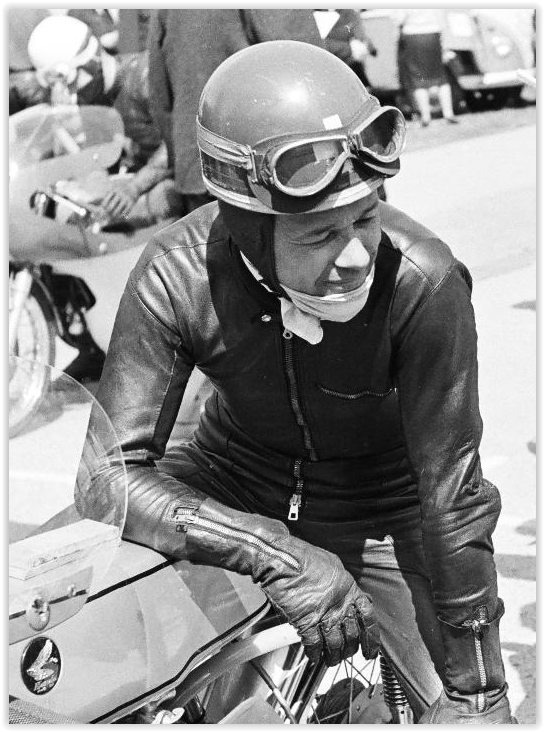
Home race win on the Hockenheim-Ring
At Hockenheim, the Japanese challenger only got one lap before his Suzuki broke down with a technical defect. Second was the German Rudolf Schmälzle on a private Kreidler in front of Derbi driver José Maria Busquets. Katayama won the 125cc race at the German GP ahead of Anscheidt and Szabó from Hungary, after finishing second behind Bill Ivy in Spain. Three weeks later they went to Clermont-Ferrand and Anscheidt traveled to the French GP as favorite and World Championship leader.



Katayama’s revenge at the French GP
But the Japanese took revenge in Clermont-Ferrand. After Angel Nieto (SPA) had taken the lead on Derbi, the three Suzuki factory drivers Anscheidt, Katayama and Graham battled hard for the lead. However, due to a leaky fuel cap, the Englishman had to back off from the middle of the race and Yoshimi Katayama won his second career Grand Prix after winning the 1966 season finale in Fuji (Japan) ahead of Hans Georg and Graham.
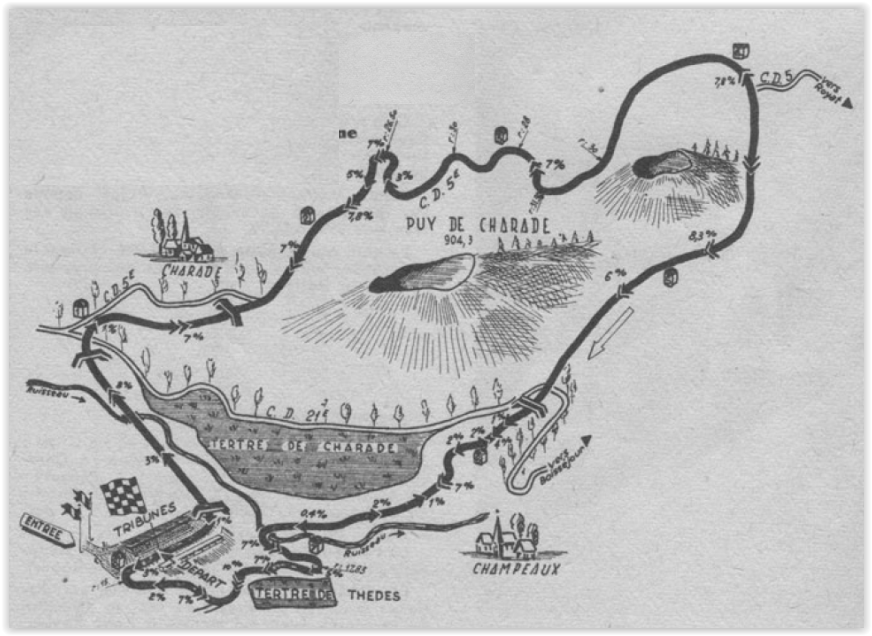


Isle of Man Grand Prix
The next round took place on the infamous 60 km long Tourist Trophy route on the Isle of Man. It was the prey of the local hero Graham, who won ahead of H. G. Anscheidt and the Northern Irishman Tommy Robb. All three were on a Suzuki. Katayama’s bike had engine failures during the race and he tried to track down the problem while driving. He fell and did not see the checkered flag for the second time this season after the German GP.


On the Circuit van Drenthe
At the Assen GP in the Netherlands, Hans Georg missed the podium for the first time this year, finishing fourth. Katayama won his second GP of the season, ahead of two Derbi riders Angel Nieto and Barry Smith. In the 125cc race there was nothing for Hans Georg and he shouldn’t get any more points until the Nations Cup in Monza. Since the 50s were not advertised there, he did not go to the Sachsenring, Brno or Finland. But first the Belgian Grand Prix in Spa-Francorchamps was waiting for him.



The last European race of 1967
In Spa-Francorchamps at the Belgian GP, however, Anscheidt struck back and secured the third victory of the season ahead of his teammates Katayama and Graham. Katayama had led the GP for a while but made a mistake at La Source and had to let Anscheidt pass.


There was still one round left for the 50cc, and the Japanese could only have achieved the same number of wins as the German, but with a 4th place less in this case. Hans Georg Anscheidt could almost not loose his second title anyway. Now Anscheidt was almost impossible to catch up with 3 wins against 2 of the Japanese in the lead in the World Cup intermediate ranking.

Hans Georg’s only Grand Prix after Spa before the season finale
In the next 6 World Championship rounds, the 50cc class was not at the start. During this break for the 50cc class, H. G. Anscheidt was able to record another success for himself. At the Nations GP in Monza he finished second behind Bill Ivy, the dominator in the 125cc category. With that he had equalized the best 125s result so far at his home GP in Hockenheim before heading to Japan for the season finale.

Showdown in Fuji – with the World Cup decision before the start
The peaks of Mount Fujijama, located near the Fuji Racetrack, were covered with snow. It was cold and rainy weather at the season finale in Japan and many drivers crashed during practice. Including Yoshimi Katayama, who broke his collarbone in the process. In the finale, Anscheidt was not very lucky because he had engine problems during the race and only managed fourth place. Mitsuo Ito won ahead of Stuart Graham (both Suzuki works drivers) and Hiroyuki Kawasaki on a private Suzuki. Hans Georg Anscheidt was already established as 50cc defending World Champion before the start. Suzuki also won the Manufacturers’ Championship for the first time in 1966, after all victories that year had gone to a driver of this make.

50cc World Championship final score 1967
For the World Championship only the best 4 results in 7 World Championship rounds counted. After only the first 6 drivers of a race were able to win world championship points at that time, here for the sake of completeness also the drivers who finished 7th to 10th in a GP:
Adrijan Bernetič (YUG, Tomos), Trevor Burgess (GB, Yamaha), Ian Burne (ZA, Derbi), Herbert Denzler (CH, Kreidler), Thomas Fearns (GB, Honda), Brian Gleed (GB, Honda), Chris Goosen (IRL, Bridgestone), Bernard Hausel (CH, Derbi), John Lawley (GB, Honda), Yves Le Toumelin (F, Derbi), Martin Mijwaart (NL, Jamathi), André Millard (F, Derbi), Jørgen Nielsen (DK, Kreidler), Oscar Pastro (B, Derbi), Christian Ravel (F, Kreidler), Philippe Ruyssen (F, Derbi), Jos Schurgers (NL, Kreidler), Horst Seidl (GER, Honda), Cees vanDongen (NL, Honda), Julien van Zeebroeck (B, Derbi).

125cc World Championship final score
Of the 12 rounds for the World Cup, only the 7 best results were counted. Since only the first 6 drivers of a race were able to win world championship points, here for the sake of completeness also the drivers who finished 7th to 10th in a GP:
James Allen (CDN, Yamaha), John Allen (CDN, Yamaha), Martin Carney (GB, Bultaco), Herbert Denzler (CH, Honda), Bo Granath (S, MZ), Bo Gustavsson (S, Honda), Peter Inchley (GB, Bultaco), C. Ingram (CDN, Yamaha), Seppo Kangasniemi (SF, Honda), N. Koln (CDN, Yamaha), Heinz Kriwanek (A, Rotax), Vesa Kuusisto (SF, Honda), Siegfried Lohmann (GER, MZ), Eberhardt Mahler (GDR, MZ), Riszard Mankiewicz (PL, MZ), Marcel Morel (F, Bultaco), Angelo Orsenigo (I, Bultaco), George Plenderleith (GB, Honda), Tommy Robb (N.Irl., Bultaco), Philippe Ruyssen (F, Bultaco), Rod Scivyer (GB, Honda), Horst Seel (D, Bultaco), Giuseppe Visenzi (I, Montesa), Pierre Viura (F, Honda).
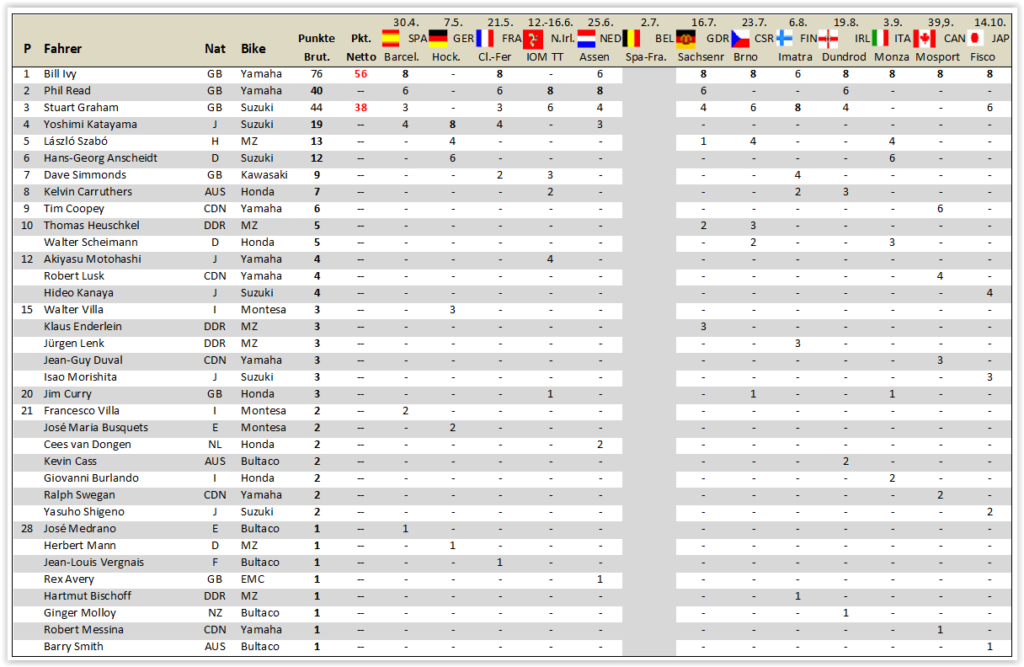
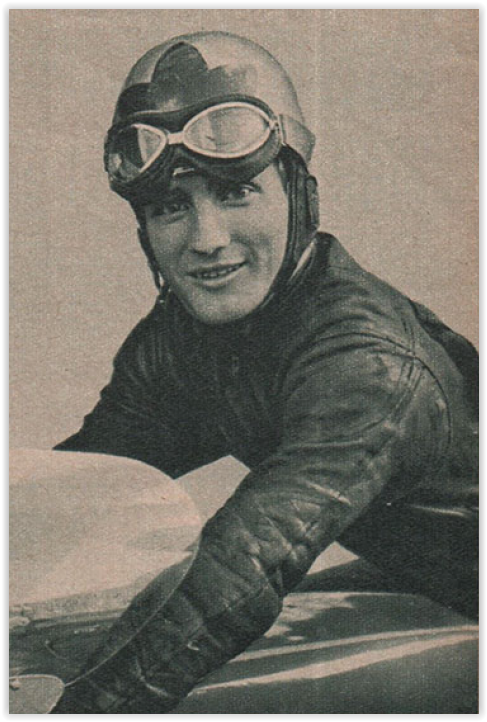
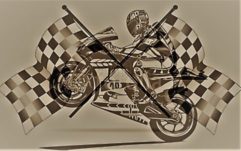
No Comments Yet